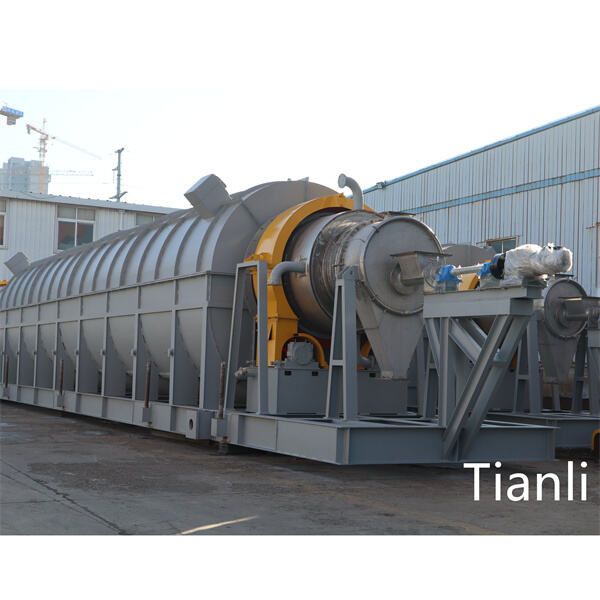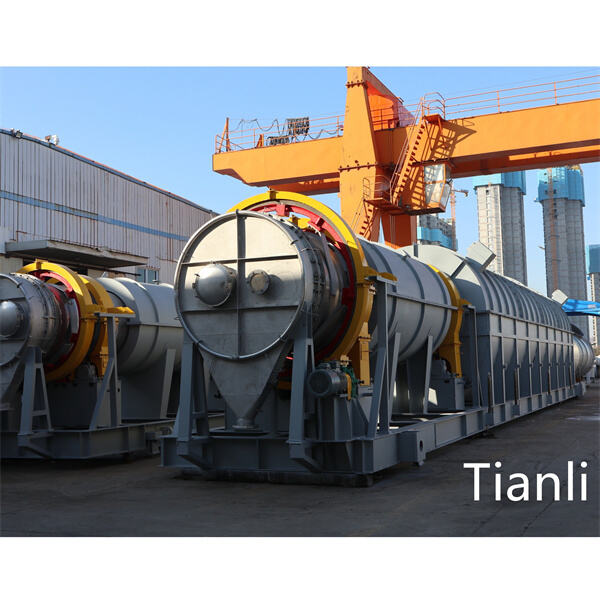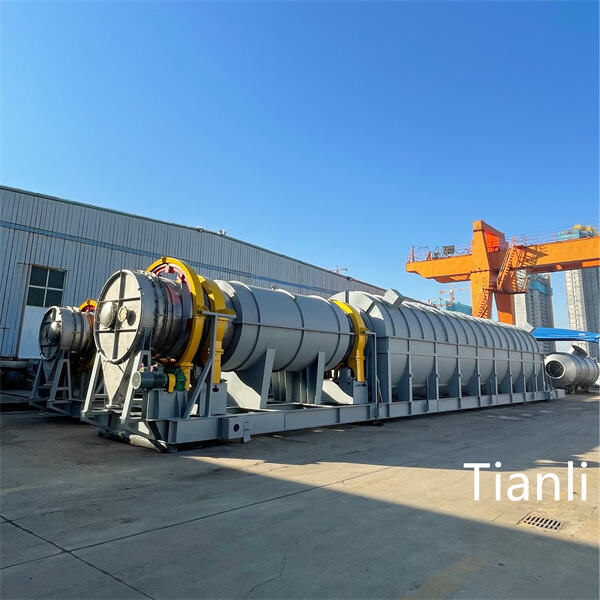In making important materials like cement and lime, companies heat certain substances to temperatures that are very hot. They do this by putting them in large ovens, called kilns. These kilns are what make raw materials into products we use daily. Companies work with two kiln types: vertical kilns and rotary kilns. This article is specifically designed to teach you everything you need to know about the comparison between the two types of kilns and their pros and cons. We will also look at how much energy each type consumes, how their designs can affect the quality of the products, and how to select the right kiln that meets your space.
In the first place, vertical kilns. Vertical kilns are smaller and easier to operate than rotary kilns. And they have a distinctive shape: a tall tube that can tower as high as 60 feet and stretch 12 feet in diameter. “Because of this design, they can heat materials from the bottom, so they put the raw materials into the bottom of the kiln and the finished product comes out from the top.” It is much more convenient to operate and occupies much less factory space which is really valuable for the companies which don't have much space available.
Now, let us examine rotary kilns. Rotary kilns are much bigger and complex then vertical kilns. They are giant long cylinders that can be 500 feet long and 15 feet wide! Their bigger size lets them deal with more materials at once. What makes a rotary kiln special is that it is slowly rotating while the material in the kiln is being heated up. These materials are mixed and loaded into a rotary kiln, where the kiln is rotated, and the material is moved from one end to the other where it is evenly heated during the process. The material is moved so that this will be well-heated which is vital for high-quality products.
Vertical kilns have definitely good and bad points. Perhaps, the most notable advantage is that they are typically more economical and easier to construct and operate than their rotary kilns. Being smaller also means that they occupy cut-out space in a factory, which can be super critical for companies with a space constraint. Now, vertical kilns can also be quite helpful when it comes to processing tricky materials that contaminate in a rotary kiln, like those sticky things that don't want to move.

But vertical kilns have some disadvantages. Because they heat materials from the bottom, this can lead to a greater temperature difference from bottom to top. This non-uniform heating may cause some part of material to be over-heated, while the other may not heat properly, which can impact the quality of final product. Furthermore, due to the design, vertical kilns cannot accommodate as much material as other rotary kilns, so it may be inefficient for a factory that requires extensive processing using a single unit.

How a kiln is constructed can be critical in determining the final quality of product produced. Vertical kilns have a large temperature difference, with the flame exposed to the top surfaces of the lime and air coming into contact with the bottom. This means that certain areas of the material may overheat, while others may not be heated enough. This can cause issues, such as cracks or uneven textures in the final product. Rotary kilns can achieve a more uniform and superior product due to the even exposure of materials to heat and continuous movement. That is exactly why a good number of companies turn to rotary kilns when they must confirm that their products are the best.

So how do you choose what kiln is best for your business? Ultimately, it will boil down to a few key factors (or a combination of them). You have to consider the materials you want to process, your production goals, and your budget. For individuals dealing with smaller volumes, hence wanting a costeffective and simpler solution, the vertical kiln is probably the best setup to use. Rotary kiln may be a better solution if you need to process large amounts of material and to ensure a more uniform quality.